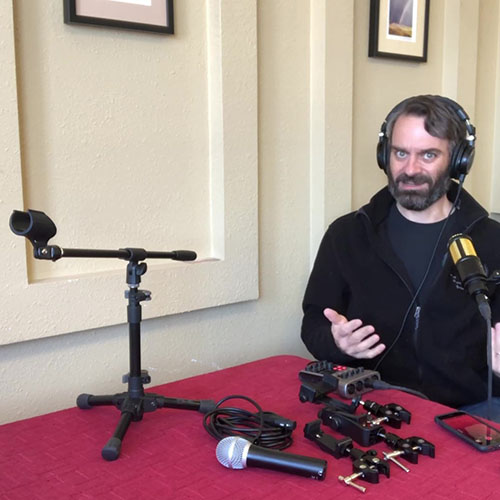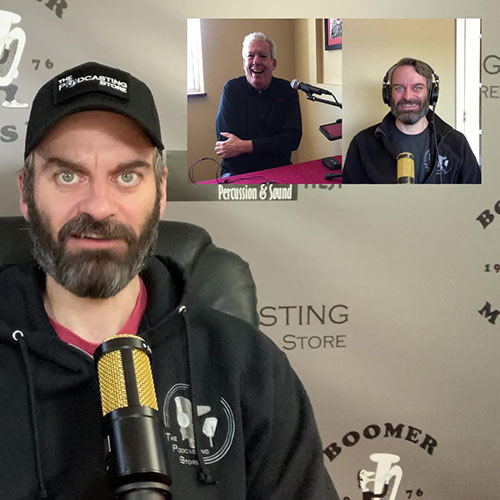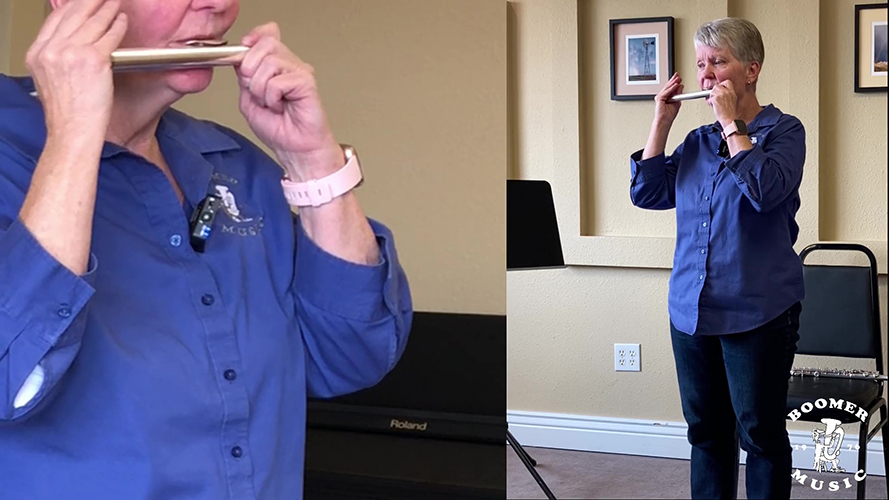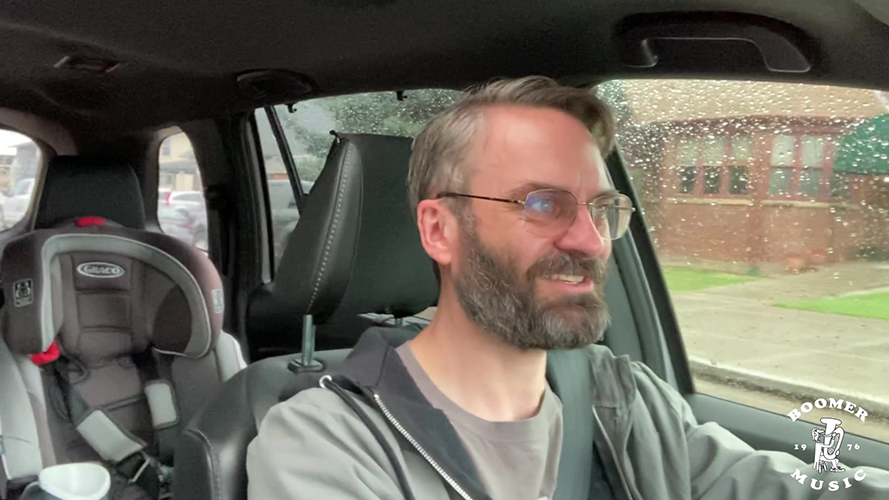Choosing the Right Tool for the Job

by Drew Holmes
So you have an amazing idea for a video but do not know where to begin with assembling the gear to bring your vision to life. Sound familiar?
It is a common problem, but one that is simple to solve. Lately our video content has fallen into three different categories, each with a unique set of challenges and different approach to solving them. We are going to walk through each step by step so you can see the thought process and apply that to your unique situation. If none of these answers your questions 100%, no problem! Email me at Drew@BoomerMusicCompany.com and we will collaborate and find the right fit.
Single Camera Studio Video

The purpose of these videos is to engage and inform within a controlled environment. Because it is in studio, we have control over every aspect of the sound and video so perfection is the expectation. This means that the camera must be level and focused, nothing is in frame that should not be there, and the lighting is correct. The audio must be crisp and clear with no background noises or out of place sounds. You control everything that is seen and heard, so all aspects of this production must be intentional. Anything the does not fit the narrative visually or aurally will take the viewer out of active listening to your message, so distractions are to be avoided at all costs.
The static and predicable nature of this type of recording allows for use of the highest quality microphone without considerations of cables or distance from the camera.
Gear Used For These Videos
Video Setup
Two Camera Educational Video

The purpose of these videos is to engage and inform in a fluid environment. The location is less controlled than in a formal studio, but you still have a high degree of control over what is seen and heard. The lesson being taught is the top priority, so if sacrifices to visual perfection or sound isolation must be made to achieve that goal is a deal we will take. Any egregious problems with audio or video will be fixed in post or reshot, but if the lesson has been well taught minor errors are permissible. Like an in person class, perfection is nice but unlikely.
The fluid nature of this kind of video means that motion is likely and must be allowable. Distance from the camera will be unpredictable and cables can be tripped over, so use of a wireless system is ideal. One camera is set up in front where an in-person audience would be and the second is to the side or overhead. This second angle is intended to provide close up video or a different perspective on the lesson. Switching between the two will help keep the audience engaged, as one single long take from on single angle can get tiresome.
Gear Used For These Videos
Video Setup
Audio Setup
- iPhone (x2)
- Vastar Phone Holder (x2)
- SmallRig Clamp Mount (x2)
- K&M Boom Microphone Stand (x2)
Single Camera On The Go Video

The purpose of these videos is to engage and inform in a subpar environment. These videos are spontaneous in nature and are reserved for when the message must get through, production quality be damned. Visual distractions and unplanned noises are guaranteed, so we minimize what we can where we can. If we can say what we need to say and disseminate the content quickly, this video is a success.
We improve what we can where we can, so even though distance from camera is not a factor (at least in car videos) we still use a wireless system to get the improvements in audio quality and to minimize the distractions to the driver. An average car has few places to mount a camera effectively, so the SmallRig clamp mount attached to the rearview mirror is ideal. If you use this setup while driving, know your capabilities and be safe. If you are getting distracted pull over and record your video. Getting home safe is always more important than recording a video.
Gear Used for These Videos
Video Setup
Audio Setup
